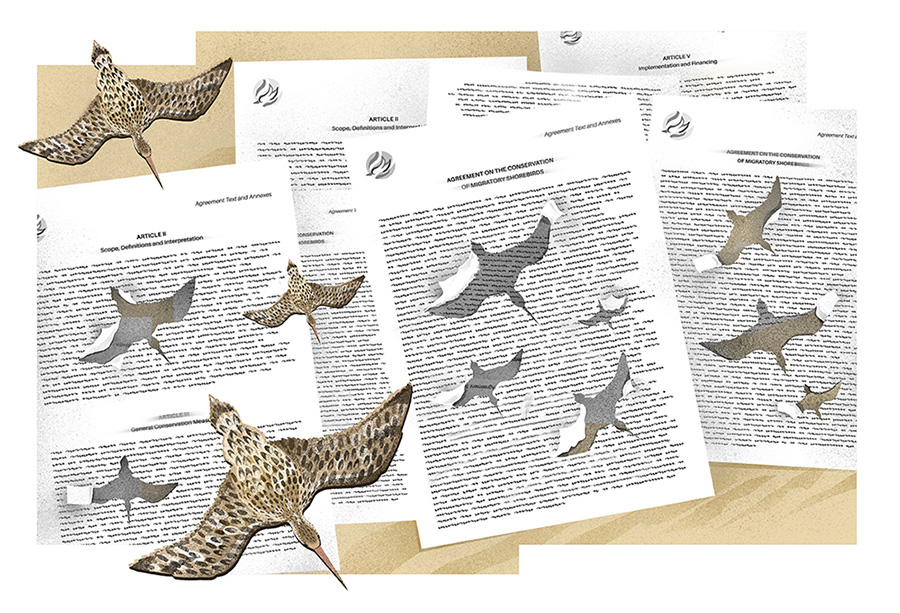In 2021/2022, the Global Biodiversity Framework of the Convention on Biological Diversity will finally be adopted by the 198 member states at the Convention’s 15th Conference of Parties in China. A vast increase in effectiveness will be needed, compared to the last decade, to succeed in its ambitions. Conservation efforts have focused on the most intact natural locations, in Africa and across the globe, but tend to neglect the places where many people need it most—around their farms and homes. It is in these ‘shared spaces’, such as agricultural, fishing, and pastoralist systems, that a new paradigm is needed for conservation action, which is both nature-positive and people-centered.
In a recent article in Science, a group of African conservation leaders call for conservation to fully take on a human face. Legacies of inequitable impacts of protected areas on local and indigenous communities have made many countries in the Global South and varied communities distrustful of global conservation targets and initiatives, which they feel are thrust upon them and fail to address their local needs and contexts.
The ‘shared earth, shared ocean’ framework provides guidance for consolidating and upscaling existing conservation successes, through focusing on the local context. This framework will help put local communities in charge where they live, recognize their local conservation practices, and link their efforts and resource needs to national and global networks. For example, new recognition of ‘other effective area-based conservation measures’ as a complement to formal protected areas, will strengthen overall conservation efforts. This is in large part because of the legitimacy and commitment that full involvement of local people and institutions will bring to decision-making on conserving nature.

In many ‘shared spaces’, restoration of natural areas will be essential to both meet peoples’ needs and to reach new global conservation targets. In cities and intensively farmed areas, a smaller proportion of area under natural habitat may be all that is possible, focusing on values of green spaces to people in densely populated areas.
The study builds on a wide scientifc literature, both on conservation and meeting peoples’ needs, and mirrors the structure of the new Global Biodiversity Framework and its foundations in the Sustainable Development Goals. The authors describe three preconditions for success. First, the commitment of the full level of fnance and material support needed, from both public and private sources, to avoid the insufficient impact of conservation to date. Second, the unsustainable economic and societal production and consumption practices that have driven nature to its current state must be transformed to circular or zero impact models. Third, climate and other global changes are transforming the planet, and these need to be minimized to assure the local conservation commitments made under this framework will have the best chance of success into the future.
Original paper
Obura, D., Y. Katerere, M. Mayet, D. Kaelo, S. Msweli, K. Mather, J. Harris et al. 2021. Integrating biodiversity targets from local to global levels. Science 373: 746–748, DOI: 10.1126/science.abh2234.






